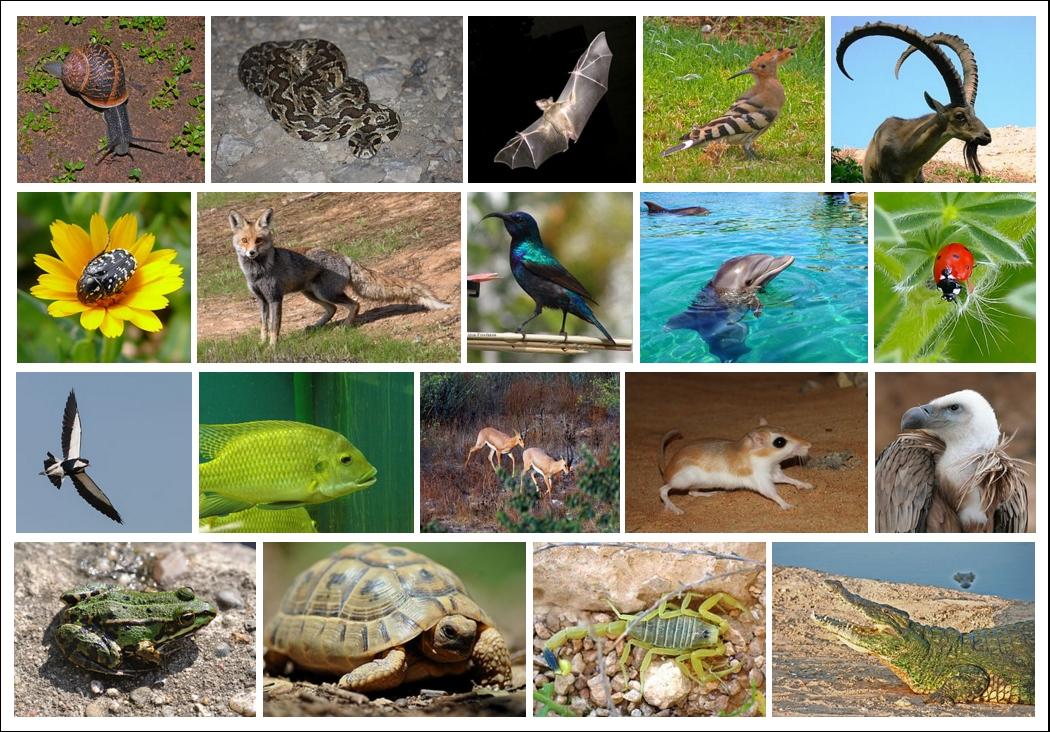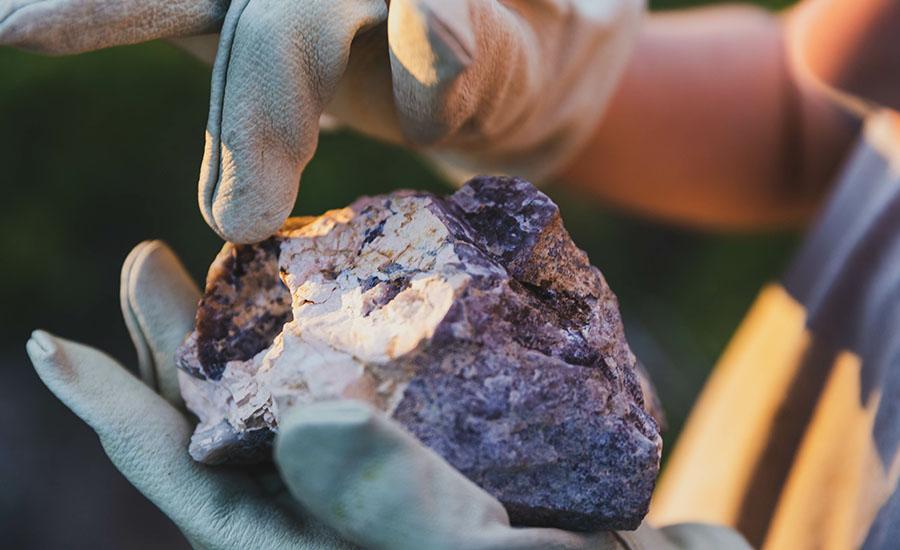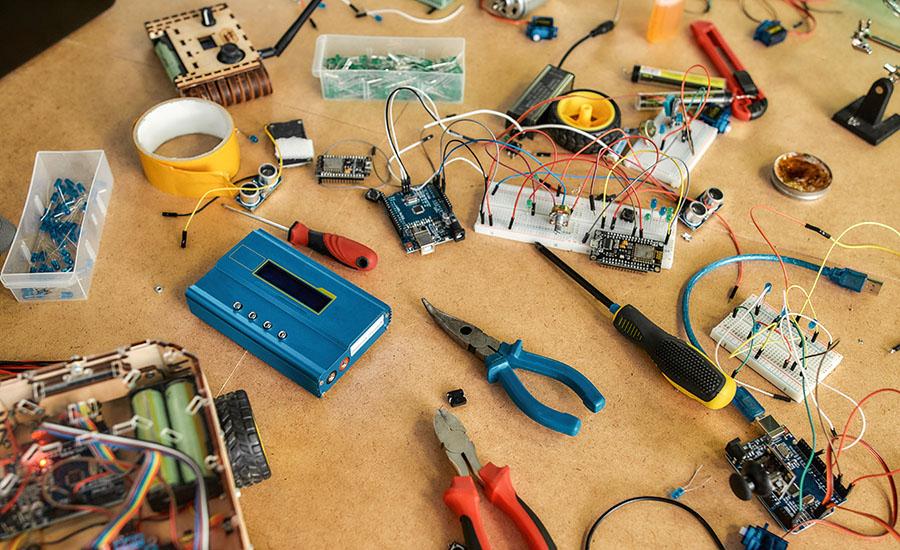
Is CO2 to Blame?
by Jolie Varholdt
This lesson includes 1 or 2- 50 minute period(s) worth of Greenhouse gas exploration. Students are creating and refining a drawn model of greenhouse gasses in our atmosphere, reading and discussing information on NASA technology for carbon dioxide detection, conducting a lab to show the ability of carbon dioxide to retain heat, and using Phet simulations to explore specific molecules in the atmosphere.
Lesson Plan Link/URL
https://docs.google.com/presentation/d/1FxEETRzxi1ABtoc9L49J_XqxCnrgxOiL/edit?u…Subject Area
Science Earth and Space Science E1: Earth Systems Engineering Mathematics Measurement and Data (MD)
Featured
Off
Related Content

Grades:
9th Grade, 10th Grade, 11th Grade, 12th Grade
Animals need food and shelter to survive, just as humans. The requirements may differ slightly, but the basic needs of humans and animals are very similar. Nutritionally, all animals need protein

Grades:
8th Grade, 9th Grade, 10th Grade, 11th Grade
In this activity, students will perform a hands-on, inquiry-based investigation of the tradeoffs involved in hard rock mining. The object is to purchase and develop a mine, safeguarding the

Grades:
3rd Grade, 4th Grade, 5th Grade, 6th Grade, 7th Grade, 8th Grade, 9th Grade, 10th Grade, 11th Grade, 12th Grade
In this hands-on lesson, students use the engineering design process (EDP) to create a prototype of a device that can prevent squirrels from accessing a bird feeder. This is a great way to integrate